Polonnaruwa: The Medieval Masterpiece
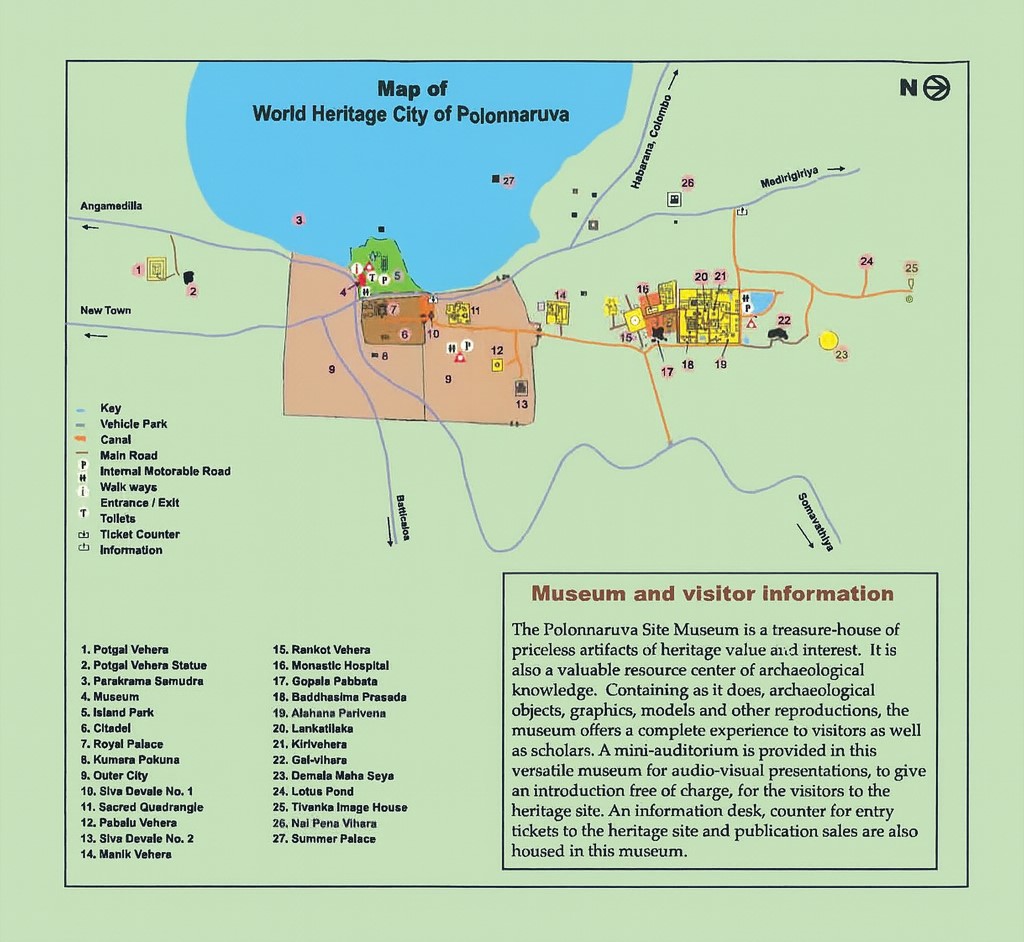
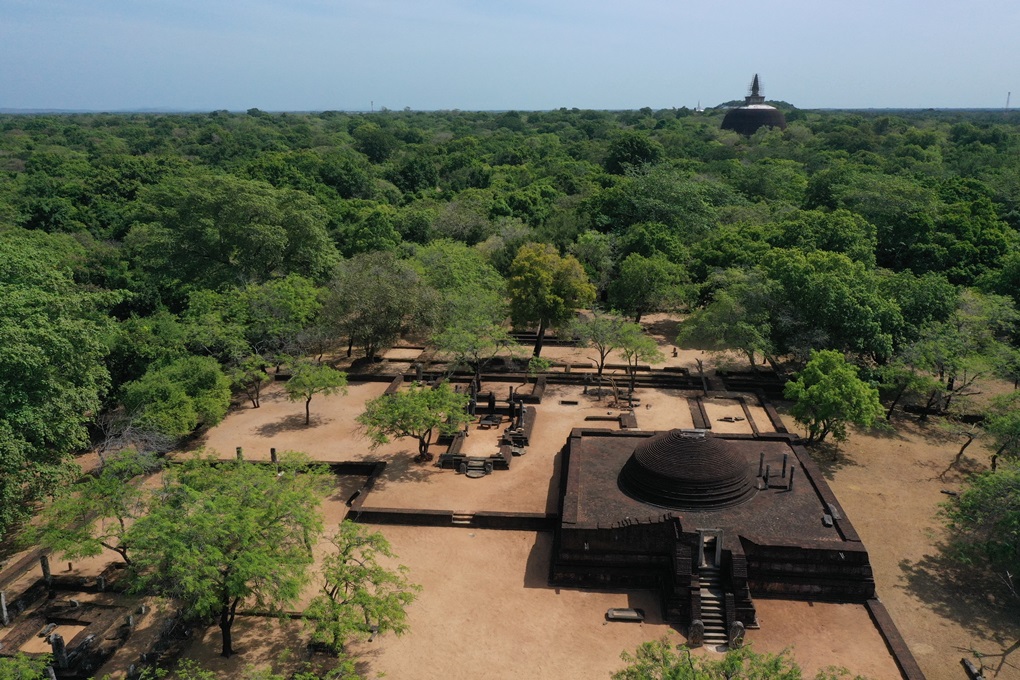
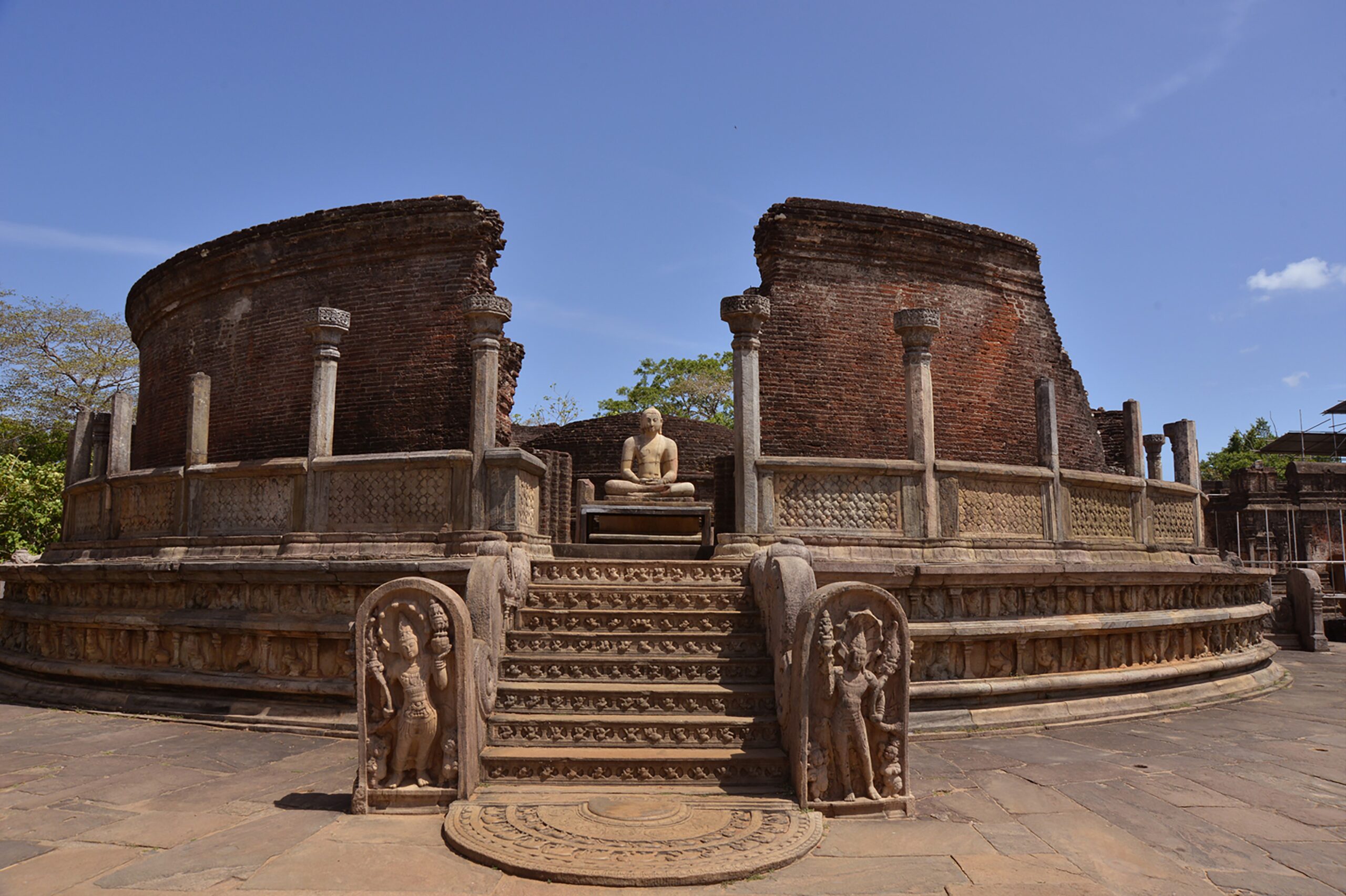
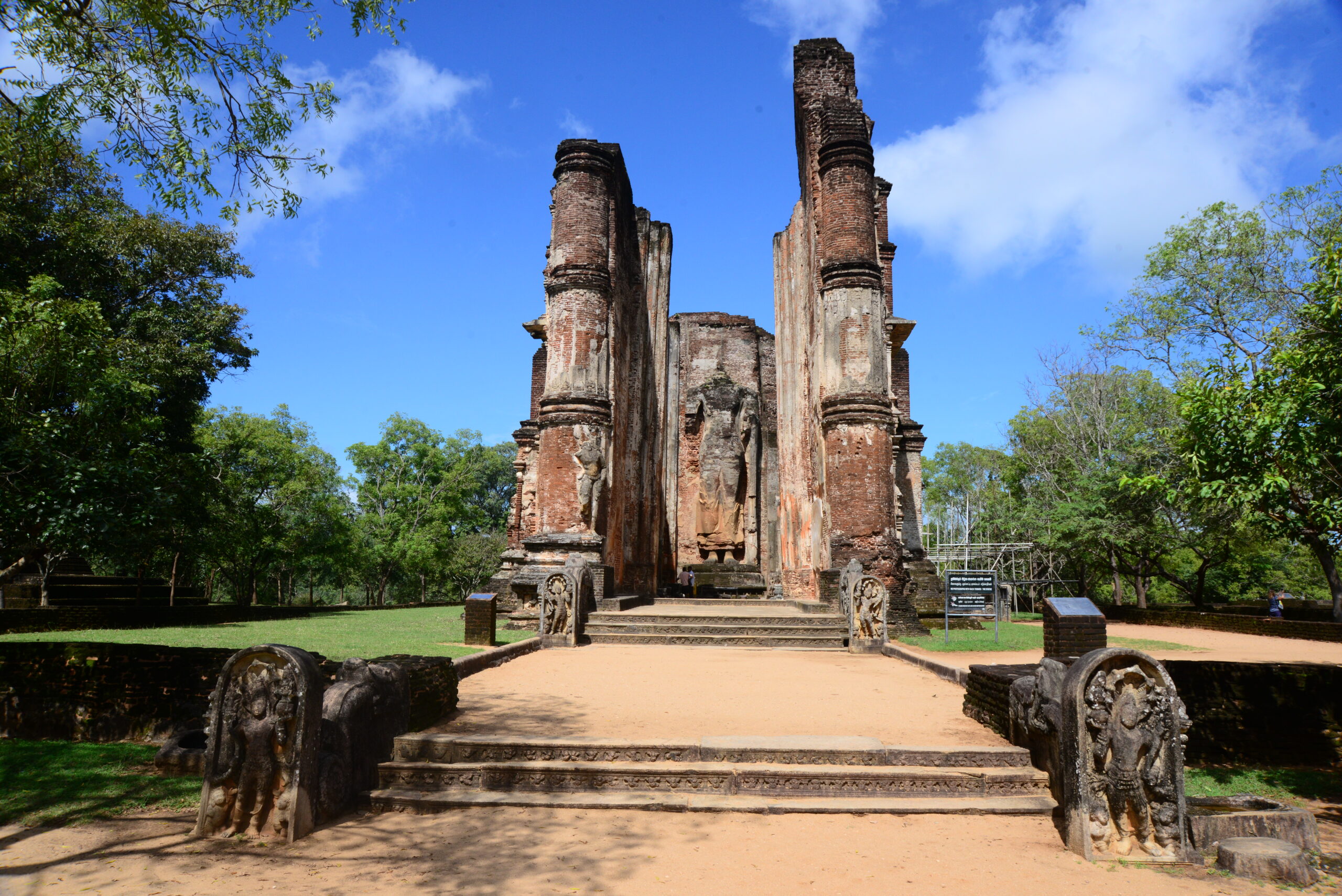
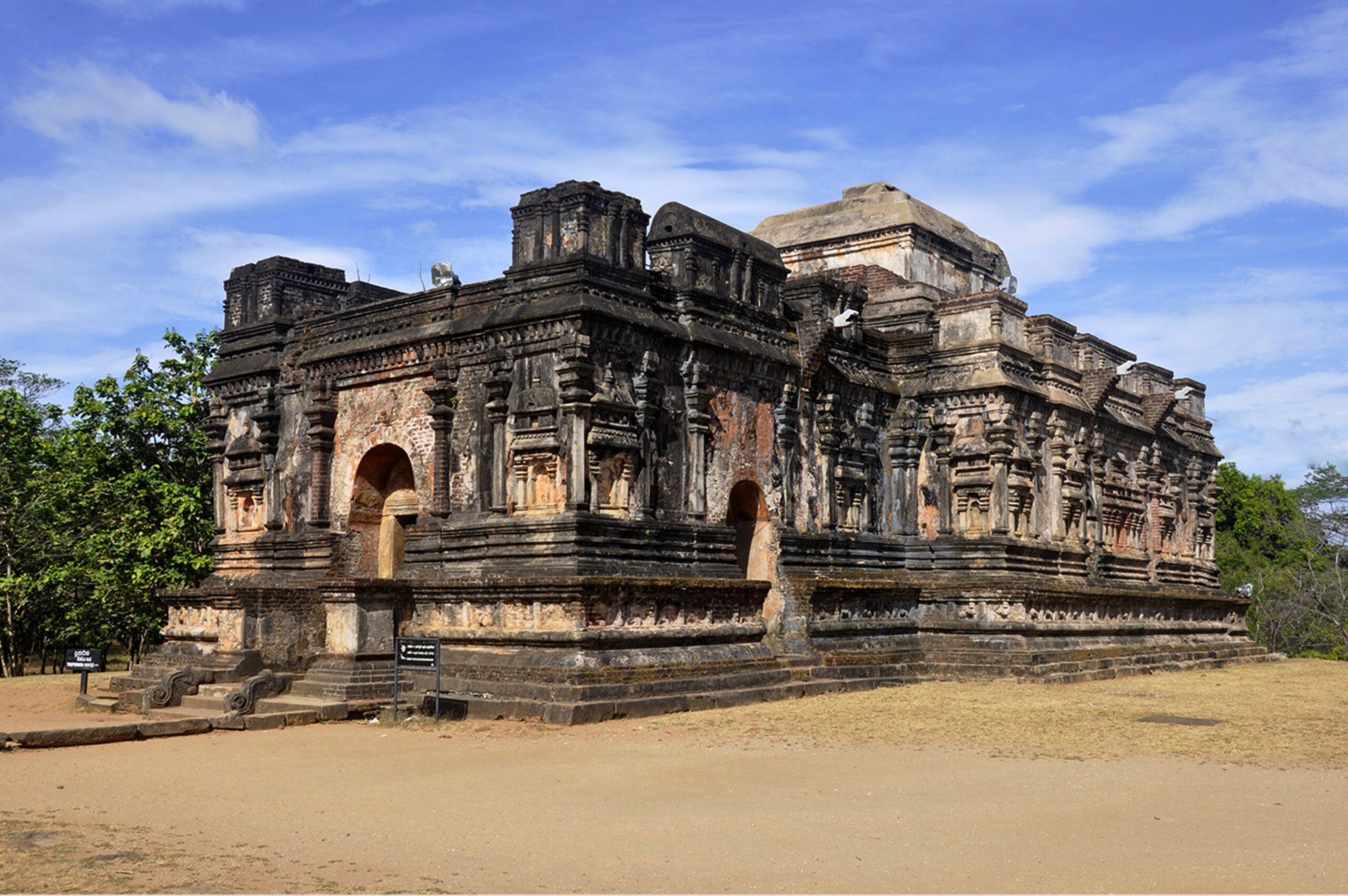
Architecture
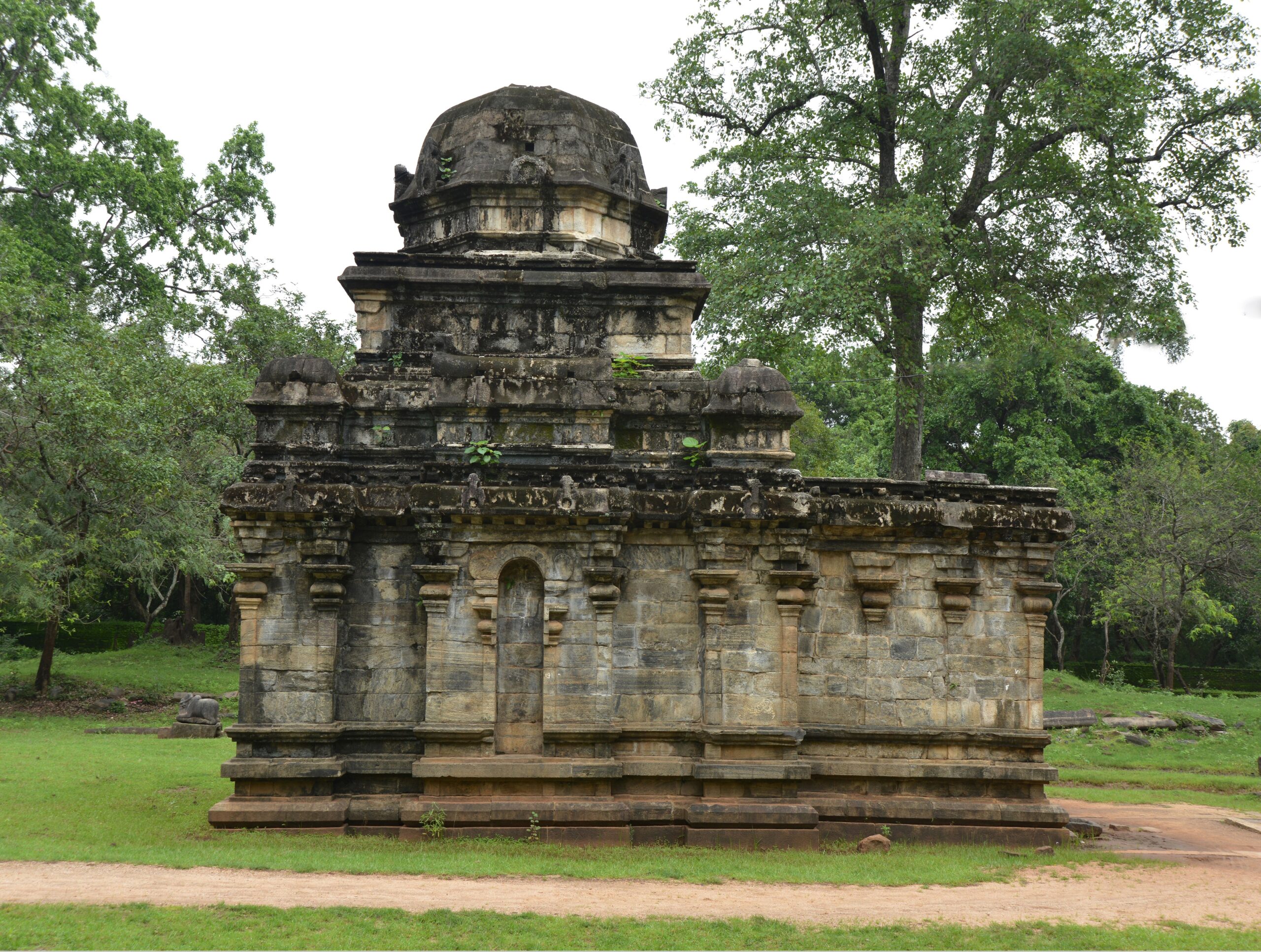
During the Anuradhapura era, stone was widely used for building. In the Polonnaruwa period, however, brick was used instead. The construction of a large number of buildings in a comparatively short time thus became possible during the Polonnaruwa period. The gedige (vaulted) building style using bricks, which originated in Anuradhapura, became quite popular and reached a climax in the Polonnaruwa period. Massive brick-built structures like the Lankatilake, Tivanka and Thuparama Image Houses are clear indications of this. The construction of stupas of colossal scale, which is a characteristic feature in the city of Anuradhapura, was also continued at Polonnaruwa. Rankot Vehera and Kiri Vehera are such stupas at Polonnaruwa, displaying the architectural and engineering skills of the period.
Among Polonnaruwa’s stately medieval buildings, the graceful beauty of the Vatadage (circular stupa-shrine) takes pride of place. The stone carvings on the vertical face of its elevated plinth and the slender stone pillars that supported its conical roof add great elegance to the entire edifice. The smaller but exquisitely beautiful Nissankalata Mandapa has rows of graceful pillars shaped like lotus stems. Significantly, the only royal palace found in Anuradhapura was constructed in the Polonnaruwa period by King Vijayabahu I. Though the celebrated Sigiriya, which flourished during the Anuradhapura era, had a royal palace, only the foundations remain today. Thus, to visualize what an ancient royal abode in Sri Lanka looked like, one is entirely indebted to the Palace of King Parakramabahu the Great, in Polonnaruwa. The massive brick walls of this palace had been reinforced with huge timber members. This seven-storied palace has been preserved up to a height of two storeys, and according to the historical chronicles, it had a thousand rooms, a dancing hall, a banqueting hall, and many other adjuncts. Those walls are still preserved up to a height of two storeys. The immense multi-storied Chapter House called the Baddhasima Prasada, located at the monastic university of Alahana Parivena, had nine storeys. A completely new trend appears in the religious as well as architectural aspects in the Polonnaruwa period. This is the construction of several Hindu shrines (devale) in Polonnaruwa, built according to South Indian architectural traditions. The stone-built Siva Devale Nos. 1 and 2 and the brick-built Śiva and Vishnu Devales within the Nai-pena Vihara are worthy of mention. Another feature is the influence of Hinduism on the embellishment of Buddhist image houses in this period. The exterior facades of the image houses are intricately ornamented with figures of lions, demi-gods (varmana) and abodes (vimana) with residing deities. Such embellishments also reflect the lavishly ornate style typical of Hindu shrines. Humour and a lively animation enliven these carvings of lions and demi-gods and display a high level of artistic skills and creativity.Sculpture
The colossal rock-cut Buddha images at Gal Vihara, the most celebrated site in Polonnaruwa seem to portray the great veneration and awe that the sculptor showed towards his subject, the Buddha. These masterpieces are so superbly executed that they arouse in the beholder the edifying Buddhist virtue of loving kindness. No one who looks upon these statues can come away without being deeply moved. The gigantic brick-built Buddha images of Lankatilake and Tivanka Image Houses, though weathered to some extent, are of the same class as those of Gal Vihara. The colossal statue at Potgul Vehera, which has been interpreted as the likeness of a king or a sage, is a unique example of secular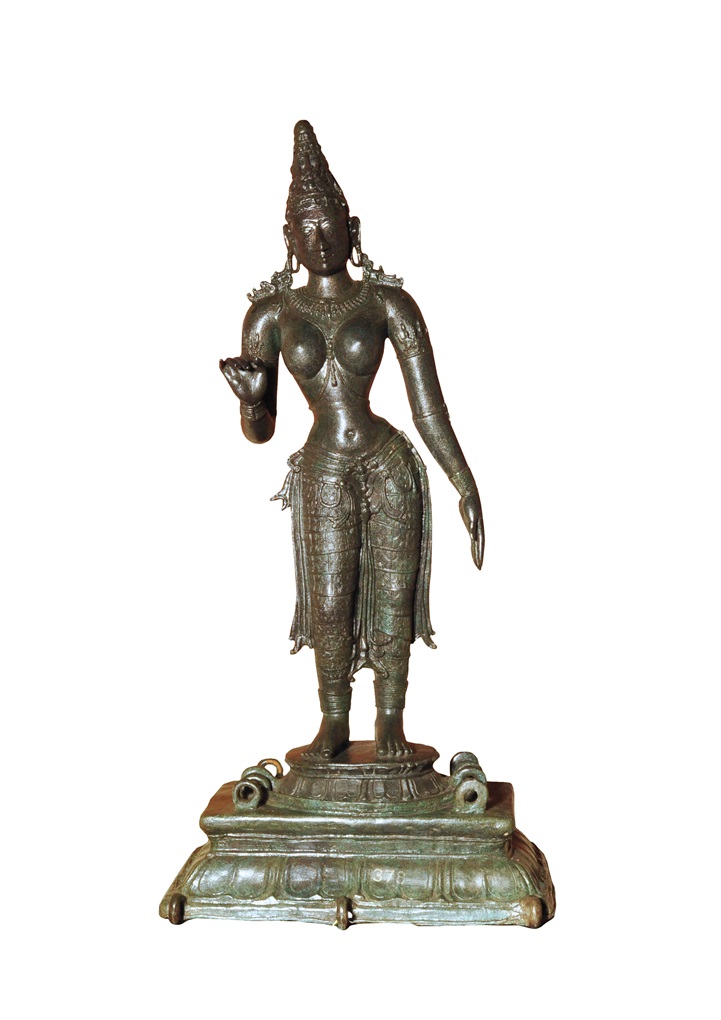
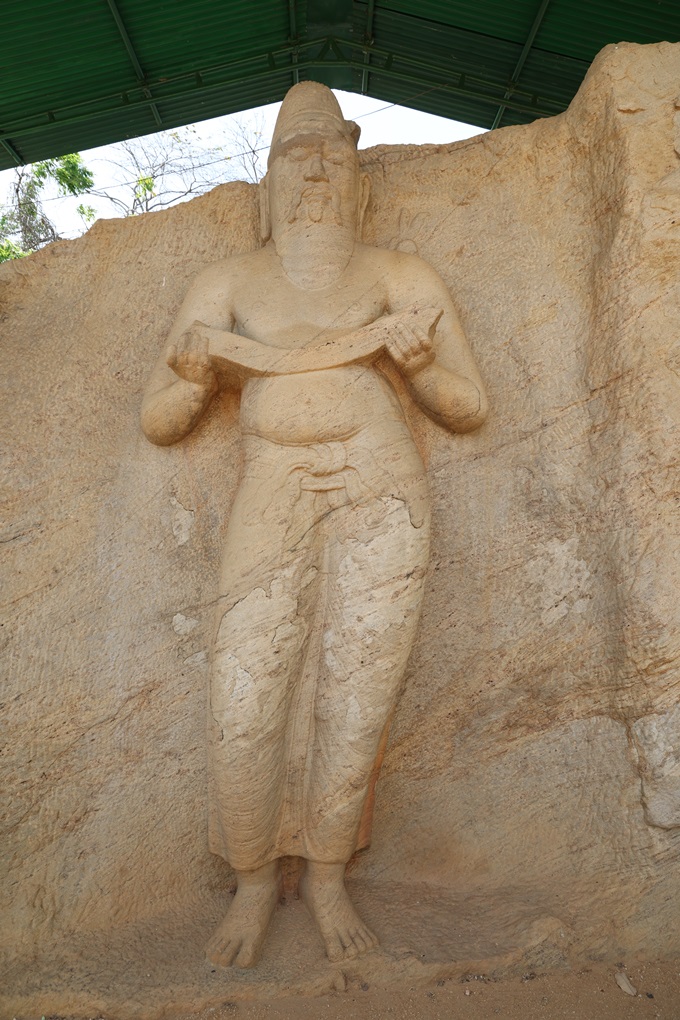
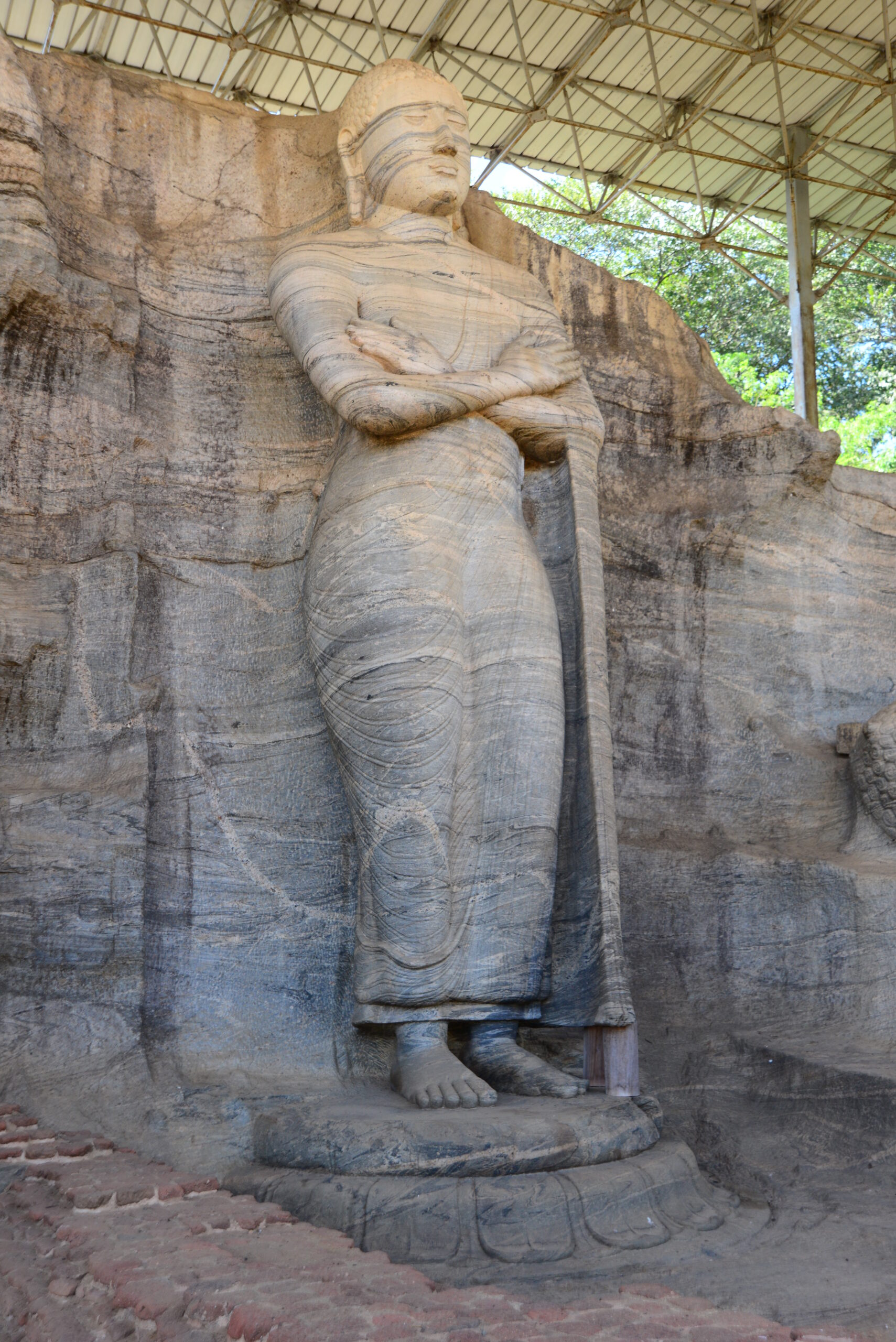
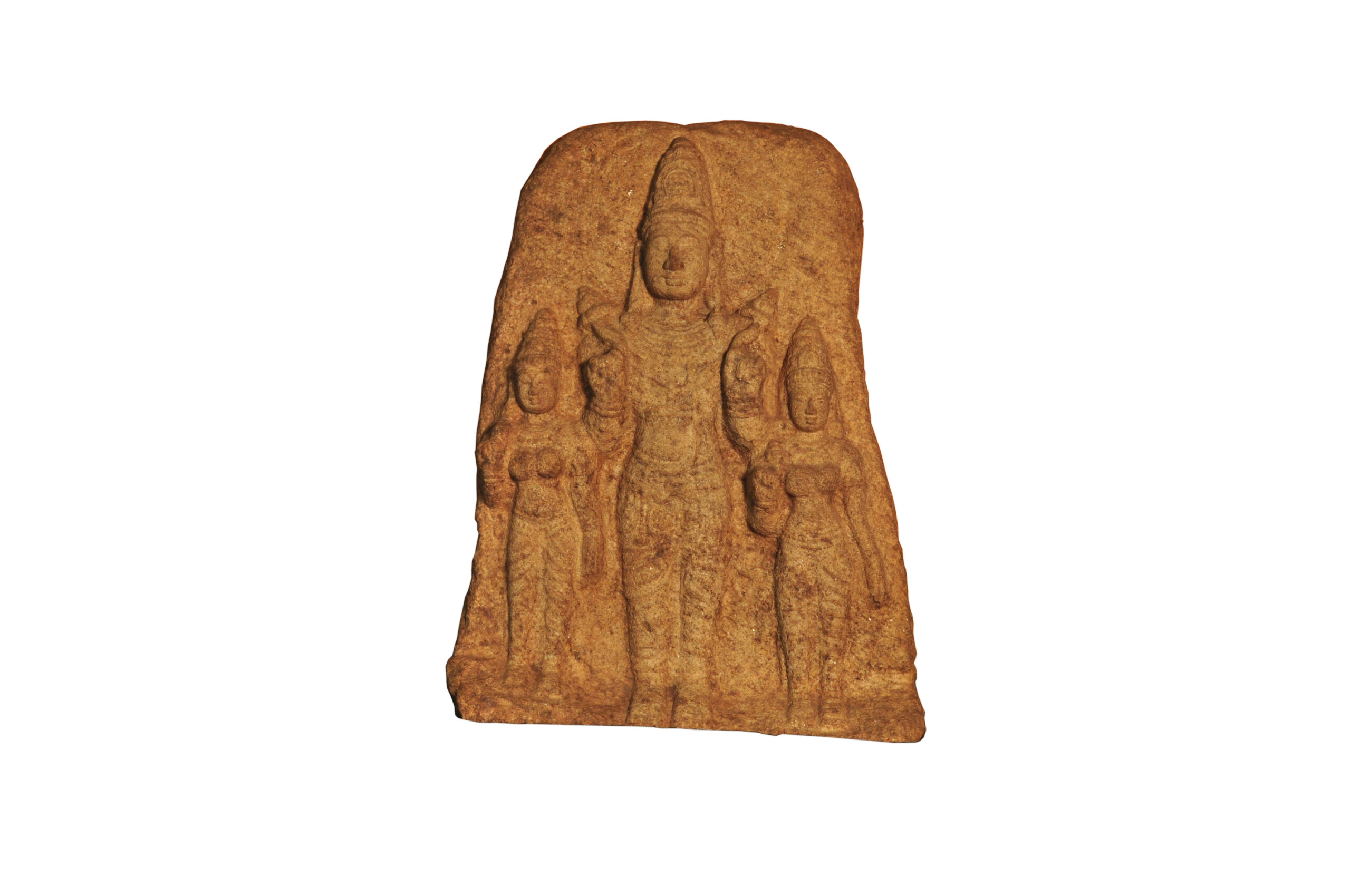
During the Polonnaruwa period, Hindu influence is especially evident in sculpture as well. Local artists and sculptors created an abundance of statues of Hindu deities depicting significant postures or attitudes. These artists followed South Indian aesthetic traditions of art and sculpture. Among these works of art, the exquisite statuettes of Śiva-Parvati and Śiva-Nataraj merit special mention. The unusually large figures of Siva-Nataraj and Ganesha are also important. There is a noteworthy difference between the moonstones (carved entrance stones) of the Anuradhapura and Polonnaruwa periods. In the Polonnaruwa moonstones, the ox is omitted, clearly a result of the presence of Hindu religious traditions.
Paintings
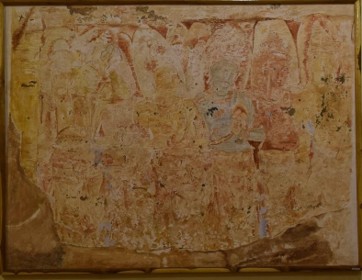
Image-houses at Polonnaruwa had an abundance of wall paintings done during the Polonnaruwa period. They have mostly been preserved in the Tivanka Image House. The paintings of the invocation of deities (Devārādhanā) have followed the grand tradition and have thus become renowned, as they depict a rhythmic flow of line and figure. Those on the front wall of the shrine are executed in the lesser tradition. Paintings in the same style are found in the Gal Vihara. The line drawings in these paintings are more intricate than the more famous Sigiriya paintings. Rhythmic body movements are also a feature in these paintings. There is strong evidence of paintings on the walls of the Potgul Vehera (monastery) as well as other similar buildings, but unfortunately, much of these have been lost.
Earthenware Pottery
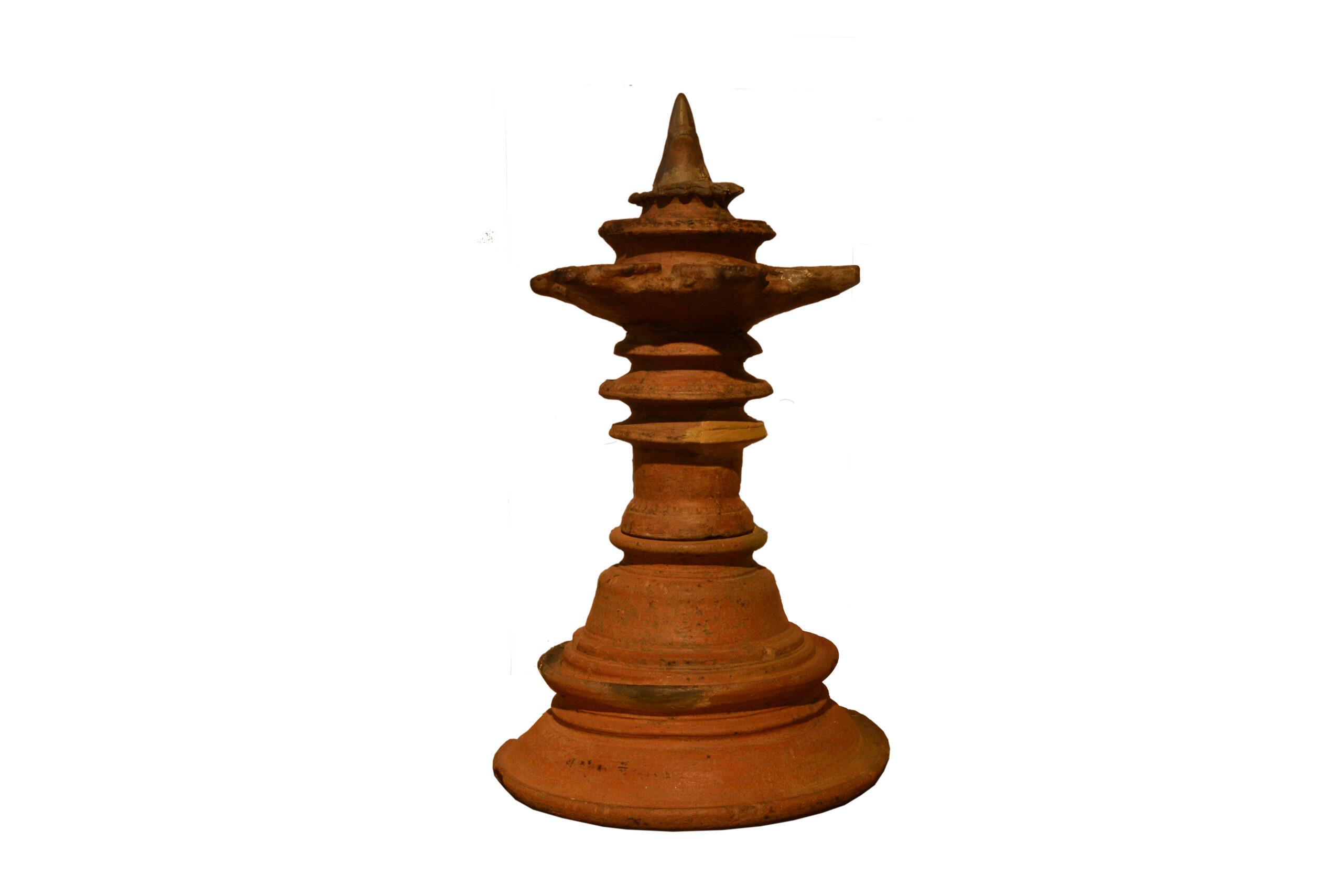
A great profusion of pottery has been discovered during archaeological excavations at Polonnaruwa. While similar finds at Anuradhapura have shown earthenware of a high gloss and quality, Polonnaruwa earthenware lacks this. However, utensils not found in Anuradhapura, have been found in the Polonnaruwa site. These comprise clay lamps, lamp accessories and parts of huge lamps, all artistically turned out. The large clay lamp now in the museum is beautifully turned out, though weak in technology. The large clay pot-holders also deserve mention, being of a unique design.
The Minting of Coins
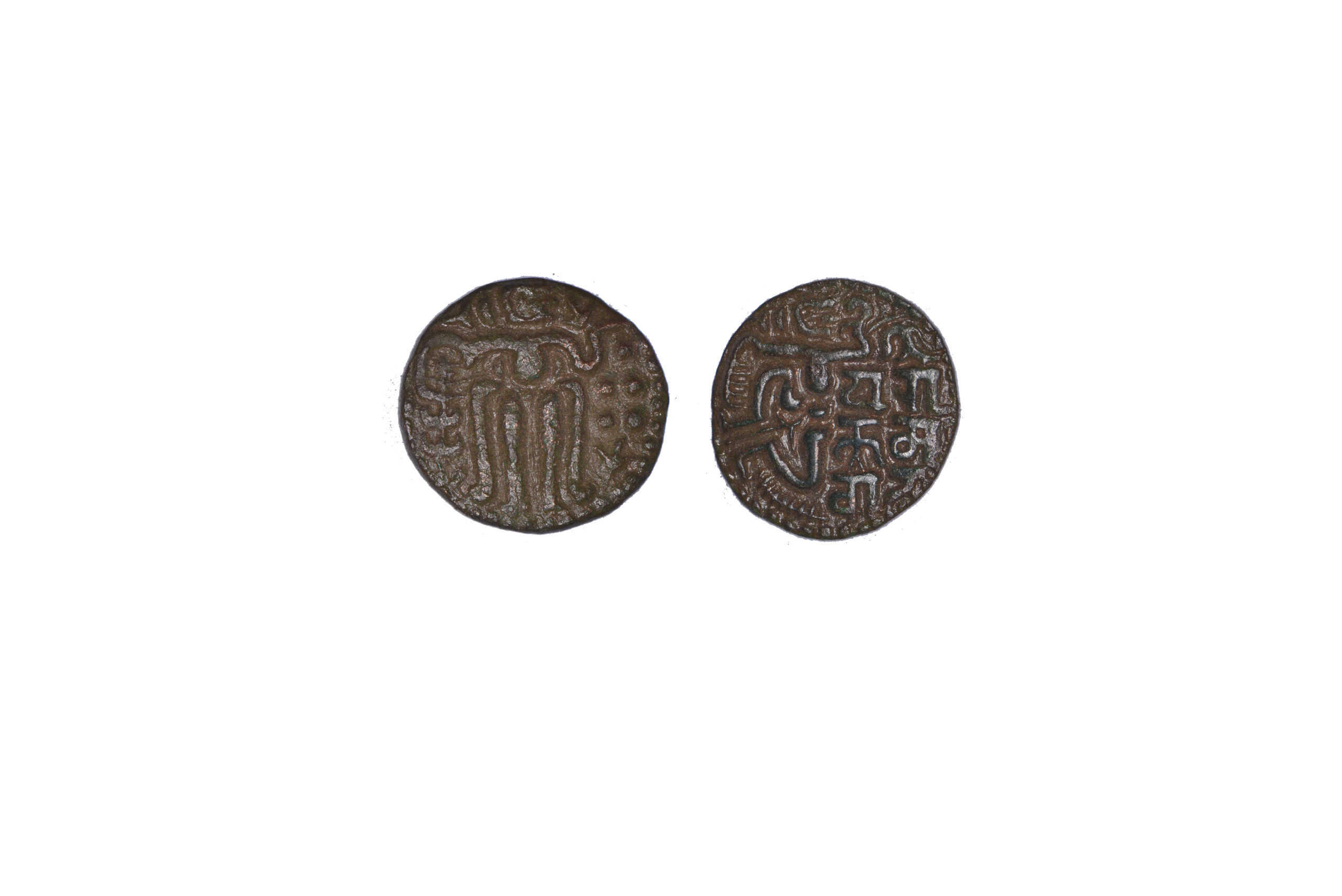
In the Anuradhapura era, there is evidence of local as well as foreign coins. The abundance of coins minted by the rulers in the Polonnaruwa period, which have been discovered, suggests that there was economic prosperity at the time. Copper was widely used for coinage, and though they show much similarity, the coins were inscribed with the name of the ruler at the time.
Medicine and Medical Science
The monastic hospital in the precincts of Polonnaruwa’s Alahana Parivena’s complex reveals a mass of fascinating information about medieval indigenous medical science and practices. The hospital had facilities to treat residents as well as ‘out’ (external) patients. Surgical tools recovered during excavations show that operations were performed here by medical surgeons. A ‘medicine boat’ (a large stone trough) was found in one ward, where patients were immersed in herbal solutions and brews for the treatment of certain ailments. It could be assumed that specialist clinical service was provided in a range of wards. It is highly probable that many monks would have served as medical practitioners here, as the service of healing and helping the sick was compatible with the all-embracing compassion of Buddhism.
International Relations
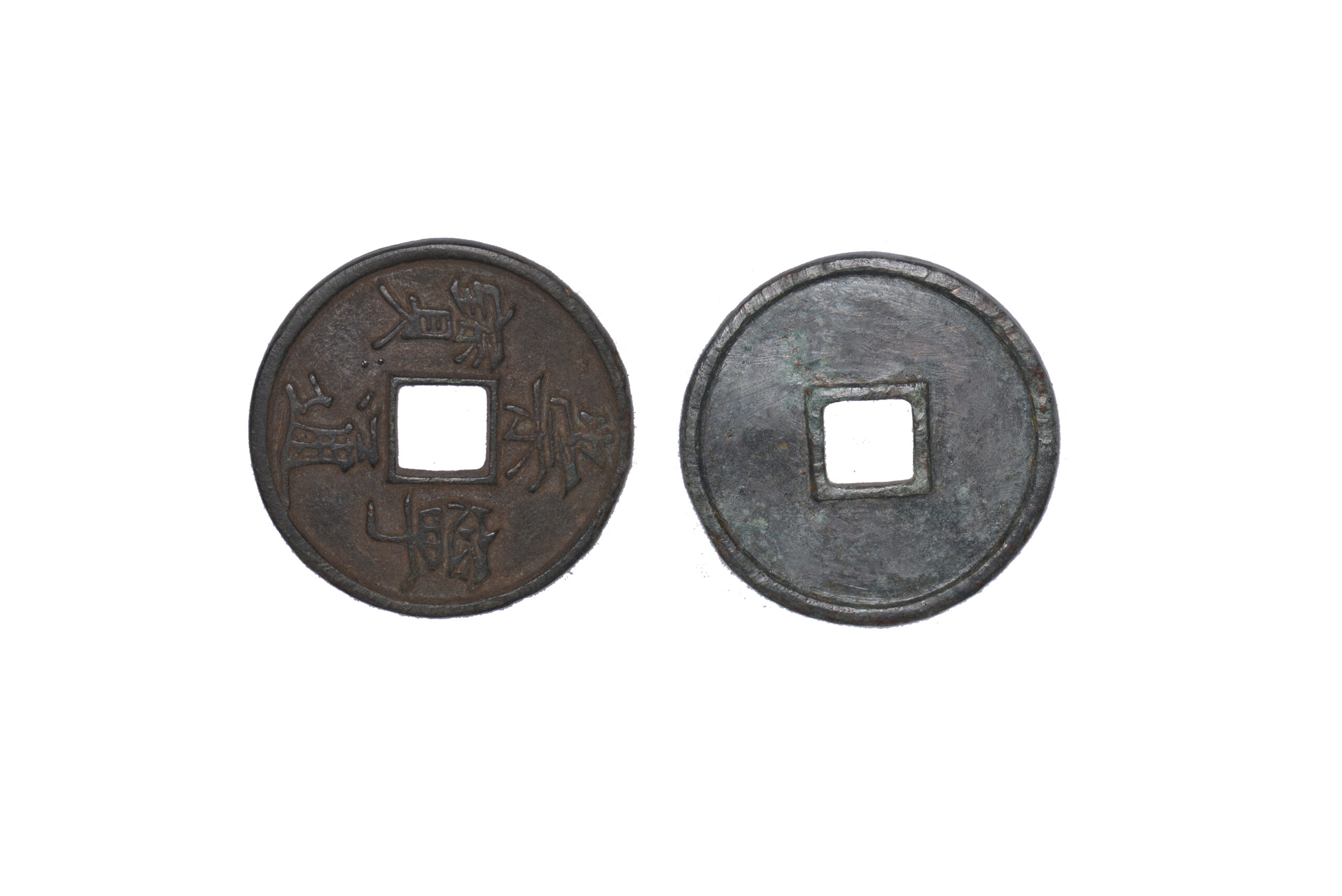
Even during the Anuradhapura period and long before Polonnaruwa became Sri Lanka’s capital city, rulers showed a keen interest in the present site of Polonnaruwa, due to its proximity to the great harbour of Trincomalee (referred to at the time as Gōkanna Tittha), on the north-eastern coast. This closeness to the best natural harbour in the Indian Ocean was the key factor in the steady growth of relations with foreign nations. Polonnaruwa was also strategically placed in the interior to ward off and resist foreign invasions, especially from the east coast. The great Mahaweli River, which flows not far from Polonnaruwa and enters the sea at Trincomalee, also afforded easy transport for traders and their merchandise to the interior of the country. Coins dating back to the Sung dynasty of China (12th century CE), as well as Chinaware, have been found in Polonnaruwa. Another interesting find is part of a tea-pot called Timokku, used exclusively by Chinese royalty in their tea ceremonies. This rare object seems to suggest a visit by a Chinese emissary to Sri Lanka from the royal court of the Sung dynasty. The priceless Chinaware discovered here is in a shade of black, with an intricate line design and is extremely delicate. It is quite significant that even in China, complete vessels of this variety have not been found.
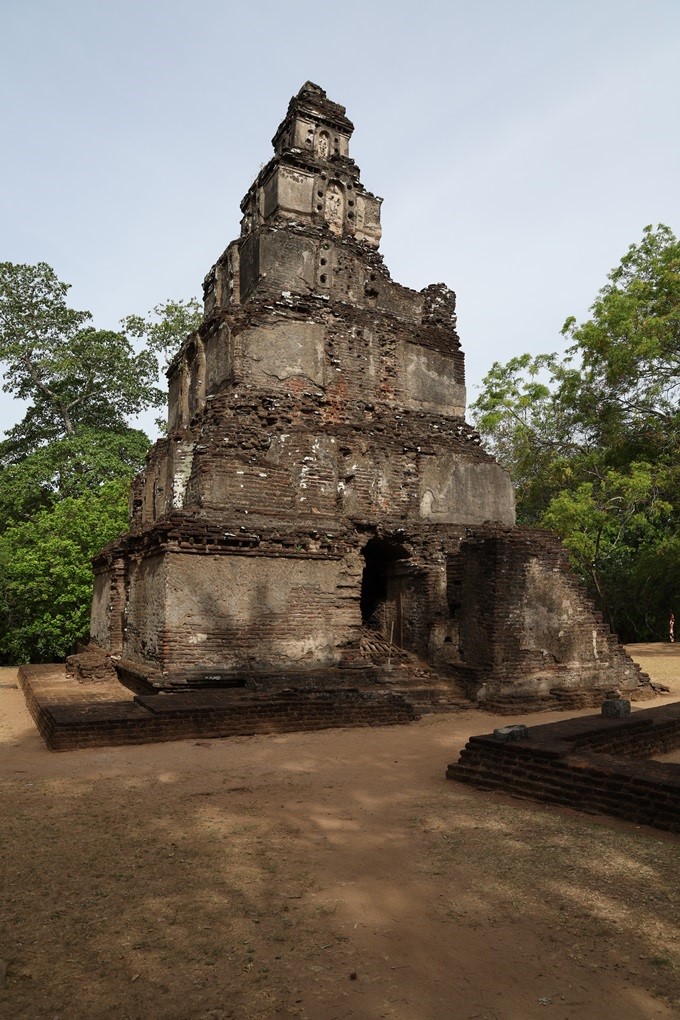
Polonnaruwa rulers also had religious and diplomatic relations with countries of Southeast Asia, such as Thailand. The architectural style of the Satmahal Prāsada (tiered stupa) at the Sacred Quadrangle resembles the stupa style of countries of this región; evidently, therefore, it could be assumed that Sri Lanka had cultural links with these countries during the Polonnaruwa era.
Advice to Visitors
It is recommended that the best time to view the monuments and worship at shrines is in daytime, when visibility is at its best. The Museum is open daily from 7.00 am to 6.00 pm. On special occasions, it is kept open for longer periods. Every visitor should bear in mind that he/she is entering a place containing religious shrines and monuments. The actions listed below are completely forbidden and carry penalties imposed by the Archaeology Ordinance.
- Damaging monuments and objects of archaeological value, removal, taking away, despoiling and writing on them.
- Damaging trees and plants, and the removal of these, also carries penalties.
- It should be noted that the taking of photographs with the back facing the Buddha images or touching them in a way that shows disrespect to the religious and cultural values of the country are actions that are prohibited.
- The taking of photographs/videos for commercial /professional purposes should not be attempted without securing the prior permission of the Central Cultural Fund.
Further Information
Head Office
Director General
Central Cultural Fund
212/1, Bauddhaloka Mawatha, Colombo 7
Tel. +94 112 587 912/+94 112 552 014/+94 112 508 973
Fax: 011- 2589194
Polonnaruwa
Project Manager
Central Cultural Fund
Polonnaruwa
Tel. +94 272 222 121
Fax: +94 272 222 121
*Photo credits go to the respective owners
